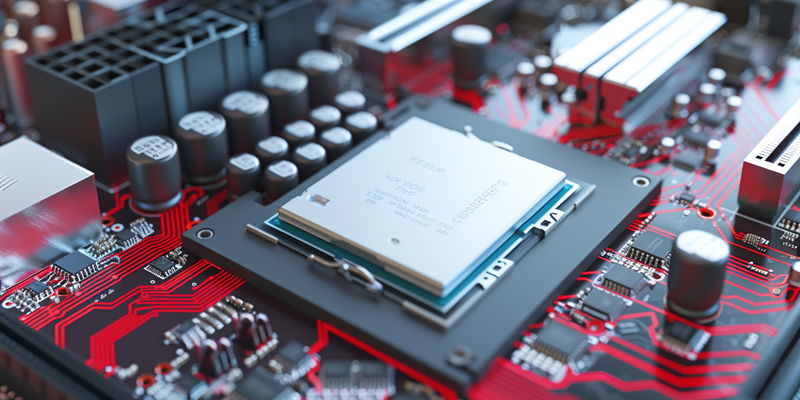Intel Corporation, a titan in the semiconductor industry, is no stranger to profound transformations. Their latest change-up involves a revamp of their central processing unit (CPU) branding, introducing what’s known as the Core Ultra 200-series. This move is intriguing, as it breaks away from the long-established ‘Core i’ dynasty.
For years, Intel’s familiar ‘Core i3’, ‘Core i5’, ‘Core i7’, and ‘Core i9’ conventions have helped consumers navigate the processor landscape. However, with the advent of the Core Ultra 200-series, Intel is streamlining its product nomenclature. This is not merely a superficial change; it signifies a strategic alteration in how Intel conveys the capabilities and offerings of its CPUs. Effectively, Intel is simplifying its portfolio, making it more straightforward for customers to understand the performance tier and generation of the processor at a glance.
Intel’s Product Evolution
Intel is undergoing a significant rebranding that aligns with the launch of its advanced Alder Lake architecture. The traditional ‘Core i’ label for high-end desktop CPUs is being replaced, possibly with names like Core Ultra 285, which mirrors the nomenclature of their mobile CPU line, ensuring a uniform brand image across platforms.
This rebrand is not just cosmetic. Intel is poised to implement major changes in its technology. The company is expected to harness TSMC’s cutting-edge 3nm process, indicative of a drive for top-tier performance and efficiency. Together with the introduction of the new LGA 1851 socket, these shifts suggest deep innovation within Intel’s approach to hardware.
The rebrand could represent Intel’s renewed promise to lead in a fiercely competitive industry. While it’s too early to gauge the reception of the rebranded CPUs or their impact on the market, the tech community eagerly anticipates this potential new benchmark in processing power.

